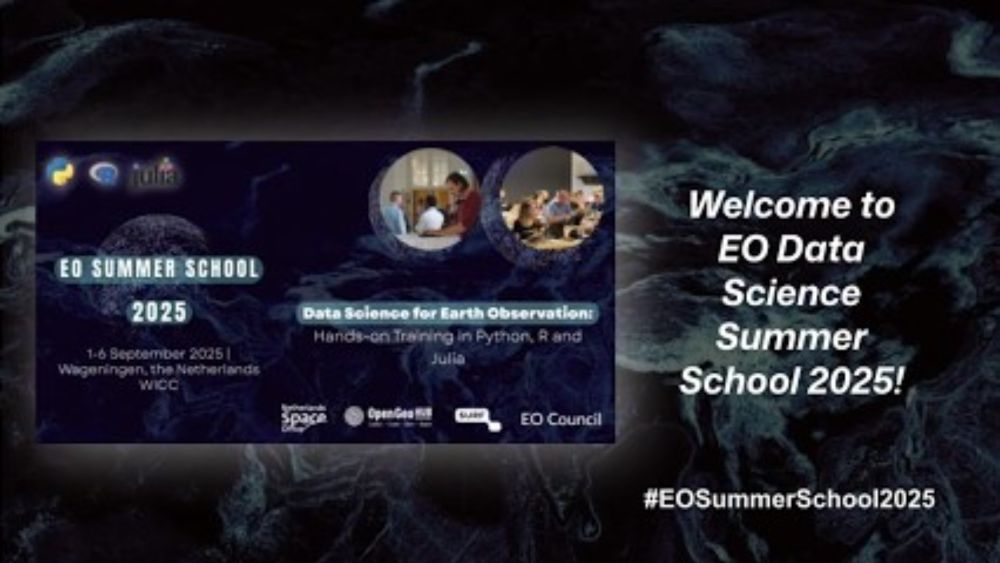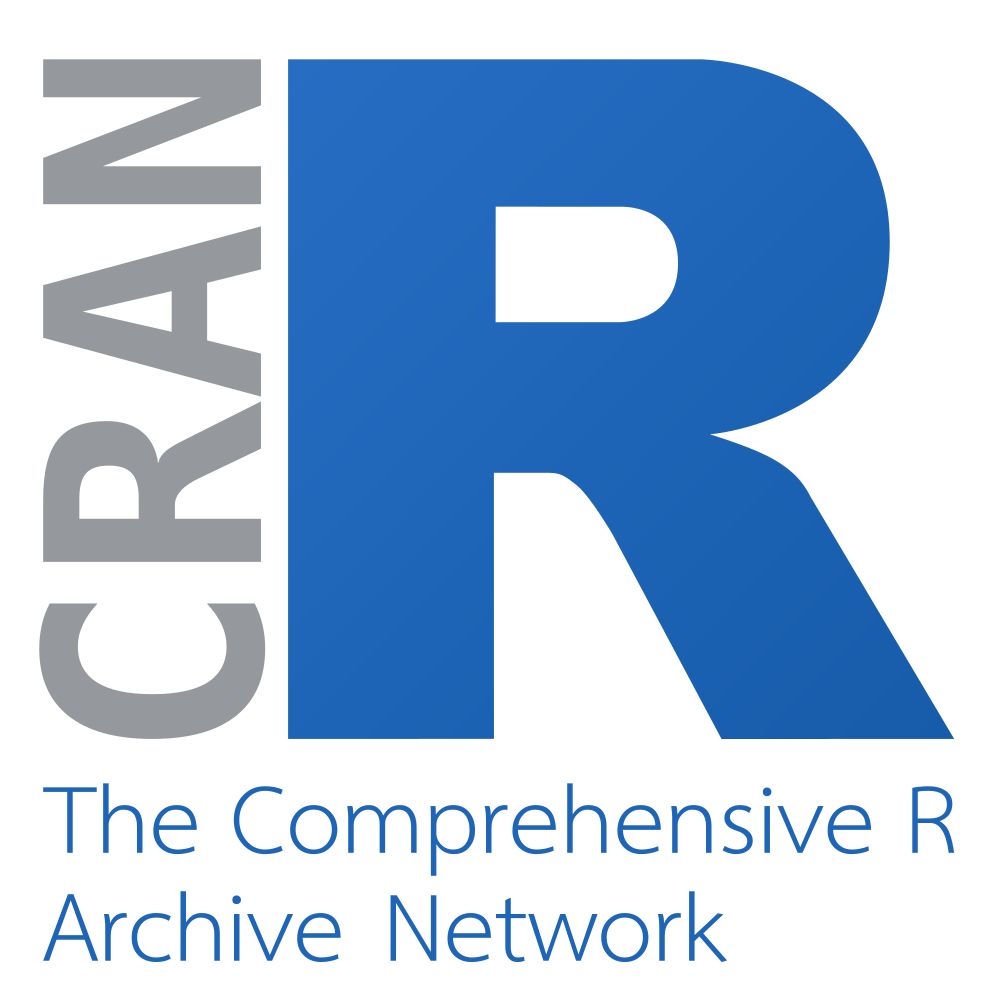Led by Martin Kopecký, placed in @IBOTCZ
bsky.app/profile/spac...
David O’Sullivan breaks down the trade-offs in a blog post.
URL: dosull.github.io/posts/2024-1...
#RStats #RSpatial #Maps #tmap #ggplot2

🌟 scasm() for estimating GAMs with shape constrained smooths. Can be used with any family & smoothness selection is via the EFS method

🌟 scasm() for estimating GAMs with shape constrained smooths. Can be used with any family & smoothness selection is via the EFS method
a 🧵 1/n
Drain: arxiv.org/abs/2511.04820
Strain: direct.mit.edu/qss/article/...
Oligopoly: direct.mit.edu/qss/article/...




a 🧵 1/n
Drain: arxiv.org/abs/2511.04820
Strain: direct.mit.edu/qss/article/...
Oligopoly: direct.mit.edu/qss/article/...
our new #microclimate research in @egubg.bsky.social #Biogeosciences journal
BIG congratulation to the very first paper from our #bryophyte lover Anna Růžičková!
doi.org/10.5194/bg-2...

our new #microclimate research in @egubg.bsky.social #Biogeosciences journal
BIG congratulation to the very first paper from our #bryophyte lover Anna Růžičková!
doi.org/10.5194/bg-2...
On 18 November, the #HoliSoils Webinar Series continues with a session dedicated to understanding & mapping forest soils across Europe!
Sign up now ➡️ holisoils.eu/holisoils-we...

On 18 November, the #HoliSoils Webinar Series continues with a session dedicated to understanding & mapping forest soils across Europe!
Sign up now ➡️ holisoils.eu/holisoils-we...
our new #microclimate research in @egubg.bsky.social #Biogeosciences journal
BIG congratulation to the very first paper from our #bryophyte lover Anna Růžičková!
doi.org/10.5194/bg-2...

our new #microclimate research in @egubg.bsky.social #Biogeosciences journal
BIG congratulation to the very first paper from our #bryophyte lover Anna Růžičková!
doi.org/10.5194/bg-2...




gmd.copernicus.org/articles/18/...
➡️ from Tanguy Postic's PhD, with many perspectives to simulate forests under CC

gmd.copernicus.org/articles/18/...
➡️ from Tanguy Postic's PhD, with many perspectives to simulate forests under CC
Michal Man there, using the new device to #GoBelowground. We may need to come up with a new name for it--doesn't feel like a "mini" rhizotron.


🎨 qualpal for algorithmically choosing maximally distinct colors under certain restrictions #dataviz
JOSS paper, online tool, R package #rstats
joss.theoj.org/papers/10.21...

🎨 qualpal for algorithmically choosing maximally distinct colors under certain restrictions #dataviz
JOSS paper, online tool, R package #rstats
joss.theoj.org/papers/10.21...
Good news: We just updated our Cleaning Biodiversity Data in R book, so you still can! We've updated data for 2025, added new content & fixed lots of silly typos 😀
Live the shrimp-le life:
cleaning-data-r.ala.org.au
#rstats #ecology 🧪🌏

Good news: We just updated our Cleaning Biodiversity Data in R book, so you still can! We've updated data for 2025, added new content & fixed lots of silly typos 😀
Live the shrimp-le life:
cleaning-data-r.ala.org.au
#rstats #ecology 🧪🌏



The event was organized in collaboration with EO Council (www.eo-council.nl), Netherlands Space Office (www.spaceoffice.nl/en/) and SURF (www.surf.nl/en/).

The event was organized in collaboration with EO Council (www.eo-council.nl), Netherlands Space Office (www.spaceoffice.nl/en/) and SURF (www.surf.nl/en/).
An illustrated journey (100+ images) through 20,000 years of sandstone landscapes, from the Ice Age to today.
🔗 www.kosmas.cz/knihy/559021...



An illustrated journey (100+ images) through 20,000 years of sandstone landscapes, from the Ice Age to today.
🔗 www.kosmas.cz/knihy/559021...

about fiber-optics use in #microclimatology see also e.g.
Tyler et al. (2008) Journal of Glaciology doi.org/10.3189/0022...
Lutz et al. (2012) Northwest Science doi.org/10.3955/046....
Seyfried et al. (2016) Vadose Zone Journal doi.org/10.2136/vzj2...
about fiber-optics use in #microclimatology see also e.g.
Tyler et al. (2008) Journal of Glaciology doi.org/10.3189/0022...
Lutz et al. (2012) Northwest Science doi.org/10.3955/046....
Seyfried et al. (2016) Vadose Zone Journal doi.org/10.2136/vzj2...
hess.copernicus.org/articles/29/...

hess.copernicus.org/articles/29/...

📹: youtu.be/q9sQkg7BeAc?...

📹: youtu.be/q9sQkg7BeAc?...

Highly recommended....

Highly recommended....
Discuss how to access, process, and analyze satellite data with #RStats.
👉 github.com/kadyb/OGH2025
#RSpatial #RemoteSensing #GISchat


Discuss how to access, process, and analyze satellite data with #RStats.
👉 github.com/kadyb/OGH2025
#RSpatial #RemoteSensing #GISchat
"Global 30-m annual median vegetation height maps (2000–2022) based on ICESat-2 data and ML"
doi.org/10.1038/s415...
🌍 stac.openlandmap.org/gpw_gsvh-30m...
📱 global-pasture-watch.projects.earthengine.app/view/gsvh-30m
📰 landcarbonlab.org/insights/glo...

"Global 30-m annual median vegetation height maps (2000–2022) based on ICESat-2 data and ML"
doi.org/10.1038/s415...
🌍 stac.openlandmap.org/gpw_gsvh-30m...
📱 global-pasture-watch.projects.earthengine.app/view/gsvh-30m
📰 landcarbonlab.org/insights/glo...

